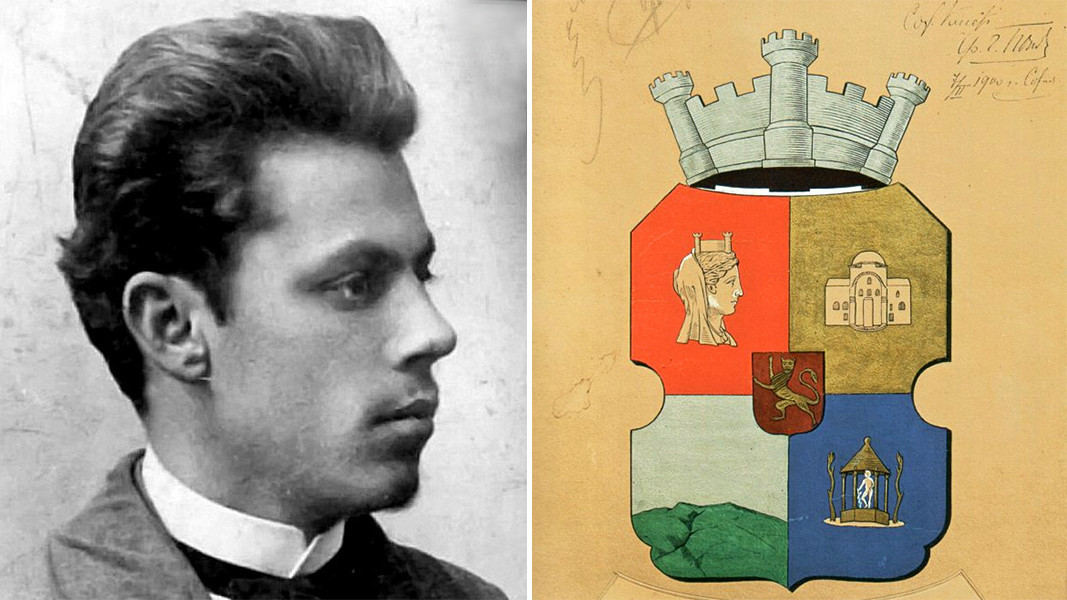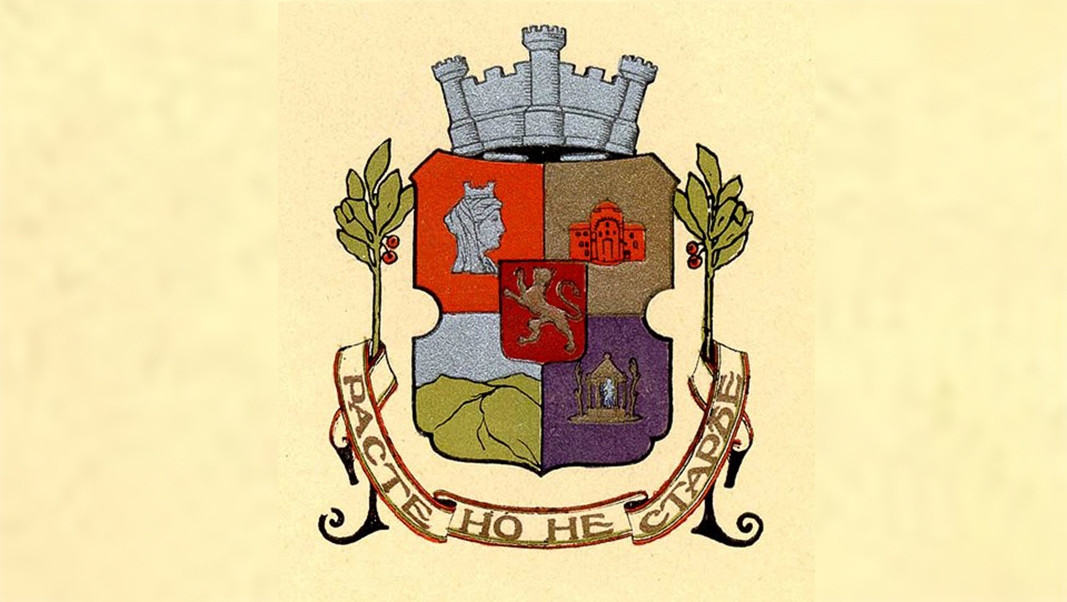 7
7
The Day of Sofia, which is celebrated every year on 17 September, is a good occasion to get to know more about the rich past of the capital of Bulgaria - from ancient times to the present day. Besides being named after one of its symbols - the Basilica of St. Sophia (the Wisdom of God), Sofia has another symbol with an equally exciting history - its coat of arms.
It was designed at the dawn of XX century. According to the then acting Tarnovo Constitution it was forbidden to use any coats of arms and and insignia outside the already existing official ones, but the Sofia City Council decided to commission the design of its own coat of arms. The occasion was the participation of the Bulgarian capital in the 1900 Paris Exposition.
The coat of arms was approved by Prince Ferdinand the First, but the short deadline for its production caused a serious turmoil in the affairs of the city and posed a challenge to the then mayor Hristo Popov and the experts he convened, among whom was the artist Haralampi Tachev:
"After having collected enough information to compose a coat of arms, Tachev began work on the artistic project," says Erina Krasteva, a PR expert at the Sofia Regional History Museum, in an interview with Radio Bulgaria. – He designed the coat of arms in the form of a shield divided into four parts where he placed specific symbols related to Sofia's history from ancient times to the present day.

In the upper corner he depicted the city goddess Ulpia Serdica. Her image is taken from an ancient coin minted during the reign of Emperor Septimius Severus and his wife Julia Domna. Next to it, to the right is the Basilica of St Sophia**, which gives the city its modern name. In the lower left corner is Mount Vitosha, which, according to Haralampi Tachev, is a centuries-old witness to the historical transformations of this land. The lower right section is dedicated to the temple of Apollo Medicus - the artist has depicted this by painting a statue of the deity, one of the most revered deities in Serdica (the historical Roman name of Sofia). In the centre of the shield Tachev has added a smaller shield, in which he has placed the image of a lion.
The significance of this image is that it was taken from a medallion found in the old Bulgarian capital Veliko Tarnovo. Its placement in the centre of the coat of arms is meant to symbolise the continuity between the two capitals of Bulgaria - the old capital Veliko Tarnovo and the new capital Sofia.
To the original coat of arms the artist added one more detail - the mural crown, a symbol of European heraldry, especially for cities and towns. Later he made another two changes to the coat of arms:
"In 1911, the motto was added under the coat of arms, which in its present form we know as "Расте, но не старее" (Ever Growing, but Never Aging) - Ekaterina Krasteva explains. Originally the motto read "Расте, не старее“ (Ever Growing, Never Aging). The authors added a "but" to make the letters more than 13. Haralampi Tachev gave the coat of arms a final touch in 1928 when he added a band with the motto and laurel twigs.

In the 1940s, the Bulgarian artist Boris Angelushev proposed a simpler stylized version, but the main change in the city symbol came in 1974 when a pentacle was added andall the elements were furter stylized. We have a plaster cast of the modified coat of arms in the museum. In 1991 the 1928 coat of arms was restored."
English version: Elizabeth Radkova
Photos: sofia.bg, impressio.dir.bg, library
They call Nikopol “the town of ages” because its history goes back thousands of years. It was founded as a settlement in the year 169 during the reign of Roman Emperor Marcus Aurelius. In 629, theByzantine Emperor renamed the town to Nicopolis, meaning..
There are rumours and speculations that some forgeries, so good that they are not inferior to the originals, could be found among the exhibits in the museums, but at the moment a whole series of forgeries can be seen at an exhibition..
A unique statue from the Roman period of Odessos, preliminarily dated to the late 2nd to the first half of the 3rd century, has been discovered during excavation works near the train station in Varna, said archaeologists from the Varna Regional..
On November 24, the Bulgarian Orthodox Church honors St. Catherine (Sveta Ekaterina in Bulgarian) , who was one of the most educated women of her time...
On November 25, the Bulgarian Orthodox Church honours the memory of St. Clement of Ohrid – a distinguished archbishop, teacher and scholar. He was among..

+359 2 9336 661
